What is blockchain interoperability: A beginner’s guide to cross-chain technology
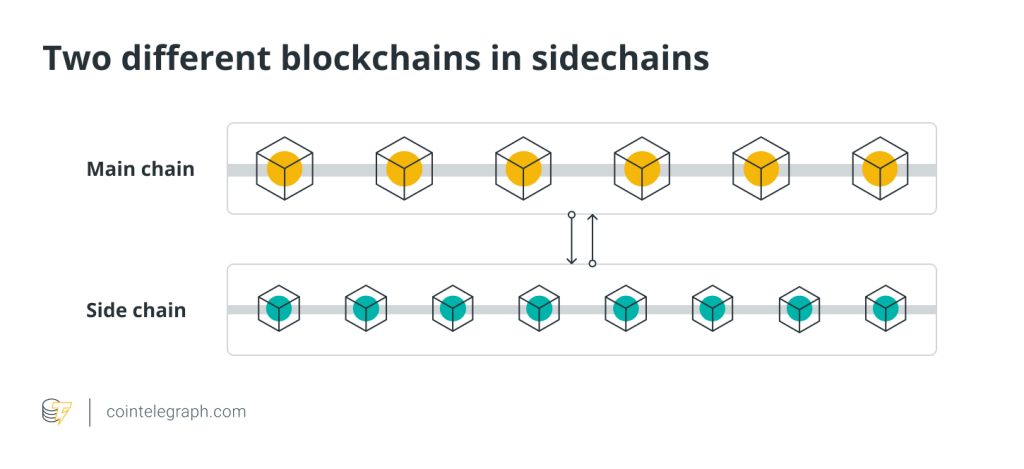

What is blockchain interoperability?
Today, blockchains are recognized as a potentially revolutionary technology in many different industries such as supply chain tracking and healthcare, in addition to serving as the foundational technology for cryptocurrencies like Bitcoin (BTC). The enormous interest in blockchain technology has sparked various research and development initiatives.
As a result, there is a lot of fragmentation in the blockchain industry, and customers can choose from multiple incompatible technologies. Nonetheless, functionalities like transmitting tokens from one participant to another and executing smart contracts can only be carried out within a single blockchain because interoperability between several blockchains is typically not anticipated in existing protocols and standards.
Interoperability in the context of blockchains refers to a blockchain’s capacity to freely exchange data with other blockchains. For example, on a given blockchain, every asset that is owned and every transaction that is made are documented. Whatever economic activity takes place on one blockchain can be represented on another blockchain with the right interoperability solution. This implies that the potential of the economic activity from one chain can spread to another chain, which is one of the main features of blockchain interoperability solutions.
The concept of a trustless cryptocurrency exchange, achieved in the form of atomic cross-chain swaps, also known as atomic swaps, is one of the earliest contributions to the field of blockchain interoperability. Using atomic swaps, users of various cryptocurrencies can exchange their assets in a trustless and atomic way. Atomic swaps, however, do not permit the transfer of a token from one blockchain to another in the sense that a specific amount of assets is destroyed on the source blockchain, and the same amount is (re)created on the destination blockchain.
Atomic swaps, as its name suggests, allow for token exchanges across blockchain boundaries rather than transfers. This implies that atomic swaps always require a counterparty ready to trade tokens. Online markets provide a back door for exchanging tokens. To date, however, this has required the existence of a reliable, centralized body, which runs opposite to blockchain’s decentralized nature. As a result, cross-chain technology is rapidly being discussed as the best way to improve interoperability between blockchains.
This article will discuss how blockchain interoperability is achieved, followed by the benefits and challenges of blockchain interoperability.
What is cross-chain technology?
The capacity of a distributed ledger technology (DLT) design to get data from or exchange data with external systems is referred to as interoperability. Cross-chain technology facilitates data interchange among DLT designs or external systems, which aids in achieving interoperability. Such data exchanges can improve the security of DLT designs, boost flexibility, and resolve performance difficulties.
Sharding, for instance, can be used to address issues with low throughput and poor scalability. In sharding, a distributed ledger is divided into tiny chunks that may be controlled separately, allowing for parallel transaction processing to boost performance and scalability.
Asset transfers, cross-chain oracles, and cross-chain smart contracts are the potential use cases of cross-chain technology. Assets are transferred from one distributed ledger to another during asset transfers. Cross-chain oracles, in contrast, provide data from one distributed ledger to another as opposed to changing assets.
For instance, cross-chain oracles can be used to confirm that specific events (such as a transaction) occurred on another distributed ledger. Cross-chain smart contracts refer to the capacity to start a smart contract’s execution on another distributed ledger, which can boost automation. Unlike cross-chain oracles, cross-chain smart contracts must be executed by issuing transactions on the destination chain, which modifies the distributed ledger’s state.
At this point, some question who is leveraging cross-chain technology. An example of a blockchain project attempting to investigate cross-chain transactions is Ripple. Ripple assists banks worldwide in settling cross-border payments using fiat currencies and cryptocurrencies.
How does blockchain interoperability work?
The cross-chain protocol permits data sharing across many blockchain networks and streamlines interoperability between various blockchain networks. Users can communicate with one another directly using the cross-chain protocol. As a result, blockchains with comparable networks can exchange value and information.
However, it varies from network to network since no single predetermined approach can be implemented in the same way in all networks. To facilitate transactions without using third-party interfaces, each network utilizes a unique method for blockchain interoperability.

As mentioned, atomic swaps let two parties exchange their tokens across several blockchains. In addition, blockchain networks can monitor the activities occurring on other chains thanks to relays. They operate on a chain-to-chain basis, allowing a single contract to serve as a central client of other nodes across many chains without using distributed nodes. This allows it to instantly validate specific central headers and the entire history of transactions. However, operating and maintaining the security of the relay approach costs a lot of money.
Why is blockchain interoperability important?
Interoperability concerning blockchain technology aids in resolving the issue of assets and data interacting across several chains. When two parties utilize the same blockchain platform, such as Bitcoin, exchanging data and value digitally is a simple process. However, the same is not possible when the parties use different blockchain platforms.
Indeed, the digital transfer process is made significantly more difficult because the companies using blockchain technology worldwide operate inside a wide range of blockchain networks. However, interoperability is projected to substantially reduce such issues, making it much easier for parties to transact across blockchains and enjoy the benefits of blockchain interoperability.
Because financial ecosystems operate on various blockchains, for instance, it is impossible for financial firms and their clients to engage, transact and communicate with one another in the financial services industry. However, if these blockchains can communicate with one another, data and funds can be transferred between economic ecosystems cost-efficiently, timely and safely.
How is blockchain interoperability achieved?
Most layer-1 blockchains lack internal capabilities that facilitate cross-chain interoperability. However, as discussed below, several techniques are being used to raise the amount of interoperability between blockchain networks.
Sidechains
A sidechain is a method by which two active blockchains communicate with one another. The mainchain and sidechain are two different blockchains in sidechains. A cross-chain communication protocol links the mainchain and sidechain, each keeping an inventory of assets.

With a mechanism for transferring assets between the main chain and sidechain, sidechains function as a two-way peg. Mimblewimble, BTC Relay, Poa network and RSK are examples of blockchain interoperability projects.
Notary schemes
Transactions under this method rely on a third-party notary. A trusted exchange known as a notary manages the lack of trust between the two parties to the transaction. The notary may be a network of exchanges or a controlled exchange. The notary’s integrity is the only factor affecting how well a notary scheme works.
In addition, the scheme contains a centralized component, even if a collection of notaries decentralizes it, which is another flaw in the scheme. Centralized cryptocurrency exchanges like Coinbase and Binance are examples of notary schemes.
Oracles
Oracles fill the informational gap between on-chain and off-chain settings in the context of blockchain technology. By ensuring that multiple ecosystems are referring to a single source of truth, decentralized oracle services like Chainlink help to ensure that off-chain data is fed to blockchain-enabled smart contracts.
Blockchain routers
Blockchain routers allow multiple blockchain networks to communicate with one another. The various blockchain networks, including Bitcoin, Ethereum and others, are viewed as terminal components termed sub-chains in the routing network according to the architecture of the blockchain router.
Sub-chains can only connect with a blockchain router and not directly with one another. For example, the blockchain router uses a cross-chain communication protocol to enable communication between sub-chains. All data registered on subchains is kept on a blockchain. The blockchain router creates a trust bridge across chains and permits communication between subchains.
Industrial solutions
Polkadot and Cosmos blockchains are examples of cross-chain interoperability protocols. A heterogeneous multichain translation system called Polkadot enables specialized sidechains to communicate with open blockchains. On the contrary, blockchains can be created using Cosmos with or without permission. Cosmos consists of hubs and zones that use the inter-blockchain protocol to communicate with each other.
Hashed TimeLocks
Hashed TimeLock Contract (HTLC) is also among blockchain interoperability solutions used to build smart contracts with the ability to modify payment channels. In the crypto space, an HTLC essentially implements time-bound transactions. The recipient will not receive any money, and the transaction is void if they fail to produce a cryptographic proof of receipt of payment within a defined window. TimeLock indicates that a specific number of cryptocurrencies will be blocked from use until a given or predetermined time has passed.
Off-chain transactions are executed using the hashed timelock by the Bitcoin Lightning Network. The Lightning Network uses interconnected payment channels to allow users to send funds even if they are not directly connected through a payment channel, a process known as network routing.
Benefits and challenges of blockchain interoperability
Cross-blockchain compatibility offers many benefits. For instance, with interoperable smart contracts, industries like law and healthcare can exchange data between private and public blockchains, assisting in creating Web3 platforms that were impossible before. The potential availability of multi-token transactions and wallet systems may also be made possible via blockchain interoperability, dramatically streamlining the cryptocurrency user experience.
Due to blockchain interoperability, application-specific blockchains can communicate with one another via the central decentralized hub. Additionally, independent businesses, once thought to be completely separate, will be able to more readily transfer data and value if blockchains utilized by various companies and industries can connect with each other.
However, a blockchain that has been registered on a network is immutable. Therefore, checking the data before submitting a starting node is necessary. Furthermore, blockchain interoperability is a highly constrained procedure. Although this feature ensures data security during transfer, nothing can be guaranteed in a technology-driven world.
Additionally, every blockchain ledger has a different trust model. Some are supported by hundred miners, while others are supported by just two. Transferring information from a less reliable ledger to one that is more reliable can leave the more robust blockchain open to manipulation by outside parties and other inconsistencies.
The future of blockchain interoperability
The efficacy, efficiency and usability of blockchain interoperability solutions determine the future of blockchain technology and its uses in terms of cryptocurrencies. However, there are numerous projects underway to support interoperability among blockchain platforms.
For widespread use, commercial systems like Cosmos and Polkadot need more stability. Even if a couple of these efforts succeed in the future and are adopted, it will be unclear how they can work together. As a result, there is a higher demand for standards, APIs and related technologies enabling extensive blockchain platform interoperability.
In addition, many nations do not recognize the legality of the cryptocurrency ecosystem. Therefore, support from the regulatory framework is necessary for interchain interoperability’s future applications. Furthermore, adequate legal and regulatory procedures for cryptocurrencies and interoperability methods are needed for transactions primarily geared toward the financial and related industries.

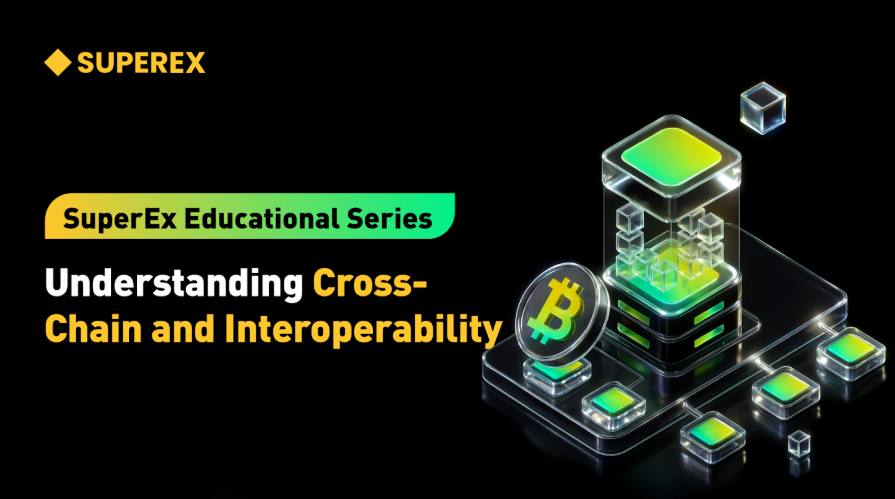
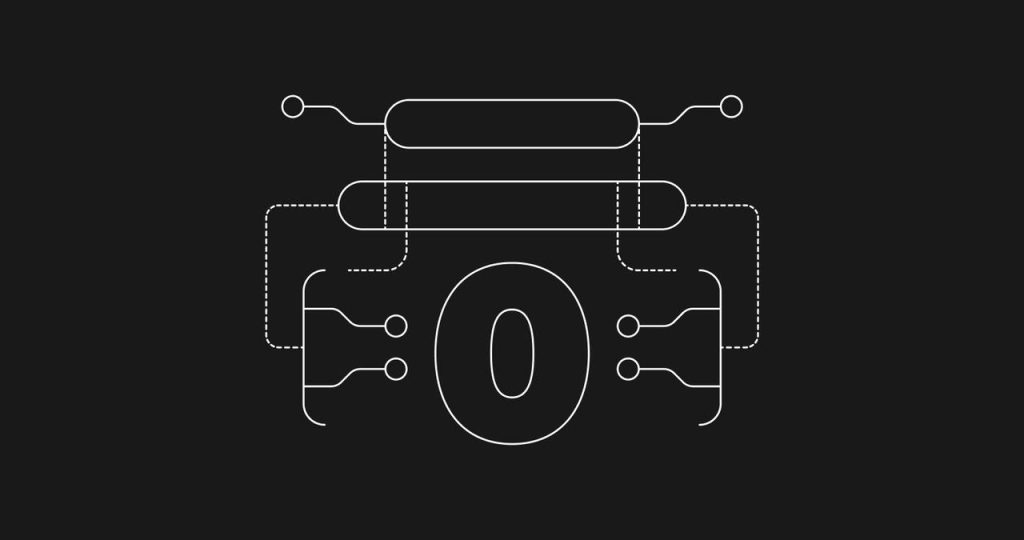
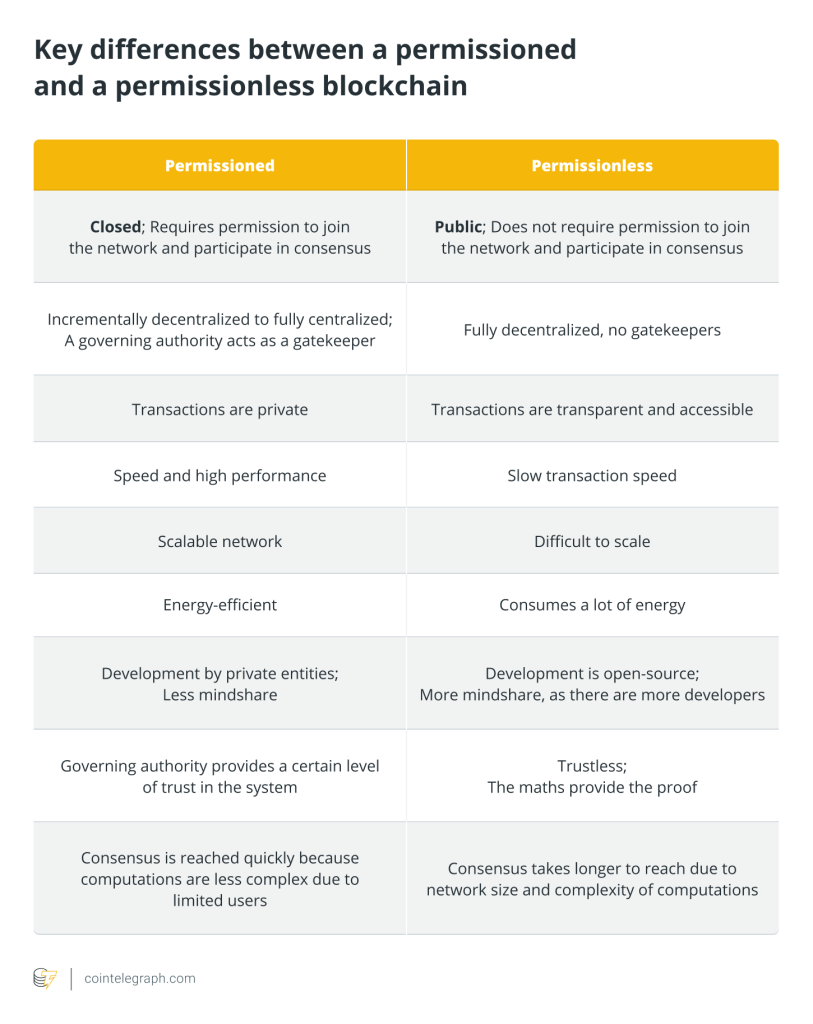

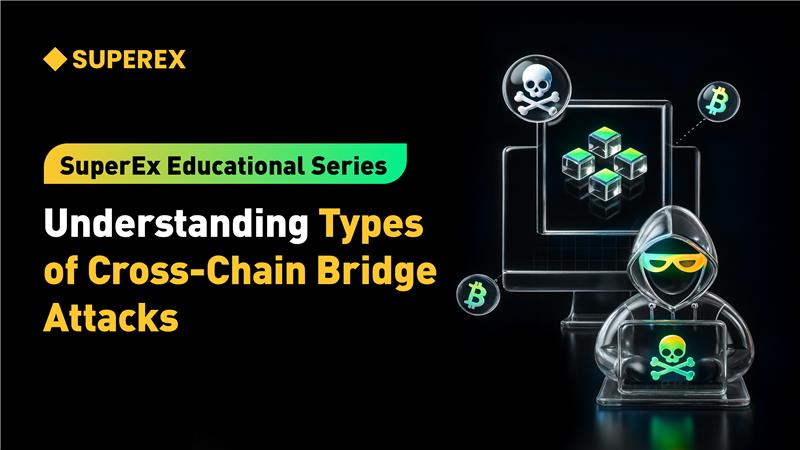
… [Trackback]
[…] There you can find 94067 additional Information to that Topic: x.superex.com/academys/beginner/3335/ […]
… [Trackback]
[…] Find More on that Topic: x.superex.com/academys/beginner/3335/ […]
… [Trackback]
[…] Information to that Topic: x.superex.com/academys/beginner/3335/ […]
… [Trackback]
[…] Find More here on that Topic: x.superex.com/academys/beginner/3335/ […]
… [Trackback]
[…] Info to that Topic: x.superex.com/academys/beginner/3335/ […]
… [Trackback]
[…] Find More on on that Topic: x.superex.com/academys/beginner/3335/ […]
… [Trackback]
[…] Read More on that Topic: x.superex.com/academys/beginner/3335/ […]
… [Trackback]
[…] Find More Information here to that Topic: x.superex.com/academys/beginner/3335/ […]
… [Trackback]
[…] Info to that Topic: x.superex.com/academys/beginner/3335/ […]
… [Trackback]
[…] Read More to that Topic: x.superex.com/academys/beginner/3335/ […]
… [Trackback]
[…] There you will find 86967 more Info on that Topic: x.superex.com/academys/beginner/3335/ […]
… [Trackback]
[…] Find More on to that Topic: x.superex.com/academys/beginner/3335/ […]
… [Trackback]
[…] Info on that Topic: x.superex.com/academys/beginner/3335/ […]
… [Trackback]
[…] Find More Information here on that Topic: x.superex.com/academys/beginner/3335/ […]
… [Trackback]
[…] Read More Information here on that Topic: x.superex.com/academys/beginner/3335/ […]
… [Trackback]
[…] Read More on that Topic: x.superex.com/academys/beginner/3335/ […]